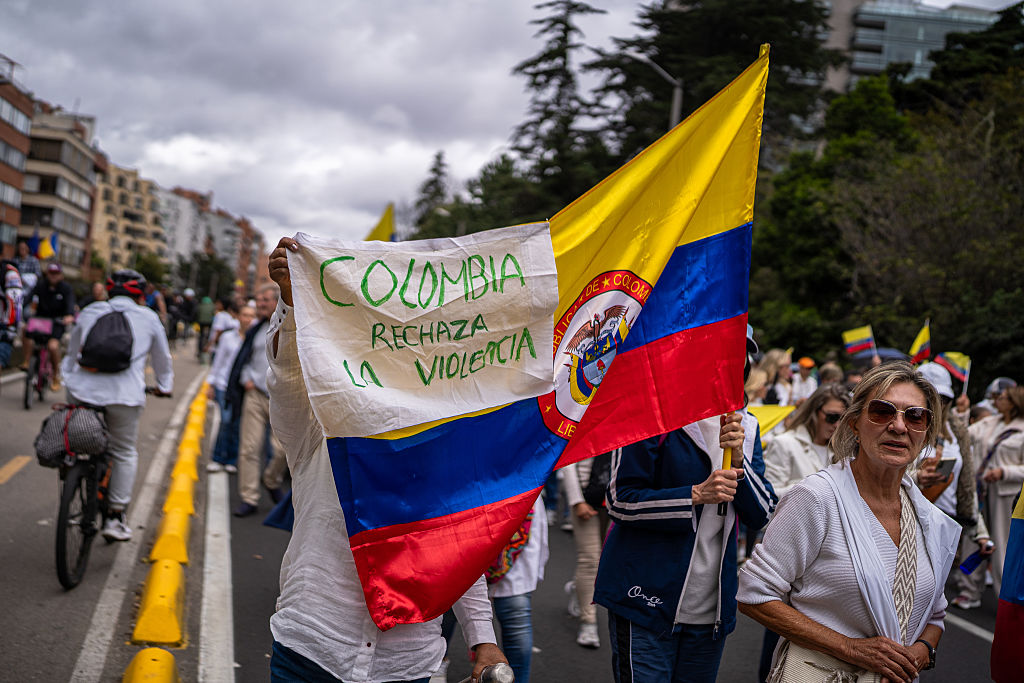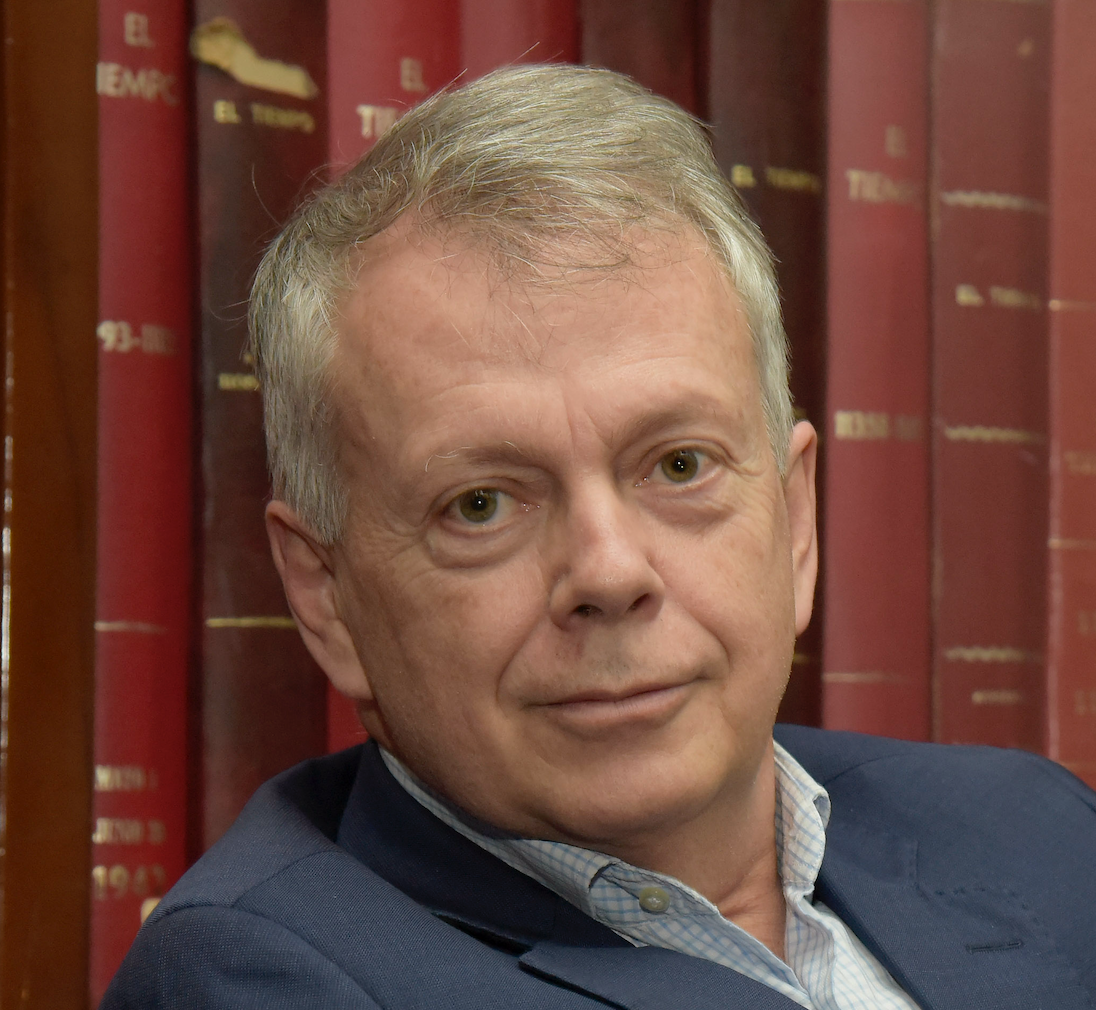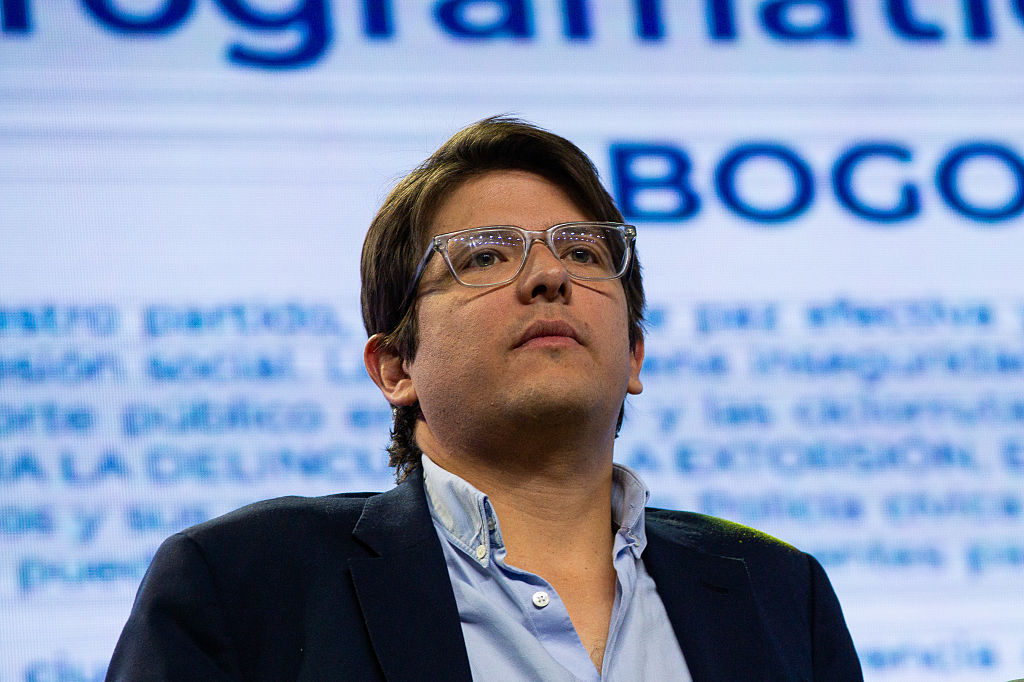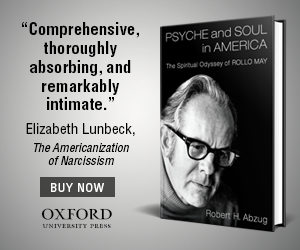BOGOTÁ—The videos recorded by attendees of the small rally have been replayed thousands of times on social media. It was a cloudy afternoon on June 7 in Colombia’s capital, and senator and presidential hopeful Miguel Uribe Turbay was addressing the crowd gathered in a neighborhood not far from the city’s airport.
He stood atop an empty beer case delivering a speech, and when he pronounced the word “Colombia,” his head shook violently, and he fell to the ground. What followed was a chaotic scene with people running and shouting. Someone pressed a cloth on the gunshot wounds—two bullets went through his head, and one perforated one of his legs—while bystanders cried for help.
Uribe Turbay was surrounded by a storm of people trying to contain blood, frenetic confusion, and an utter sense of stupor. “When I heard the news, I went into denial,” said political analyst Camilo Granada. “I was sure I had misunderstood. This could not be happening to us again,” he told AQ.
The Bogotá-based consultant is referring to what happened in Latin America’s third-most populous country at the end of the 1980s. At that time, five presidential candidates were assassinated, including front-runner Luis Carlos Galán from the Liberal Party, and Carlos Pizarro, the leader of the guerrilla movement M-19, who had signed a peace agreement with then-President Virgilio Barco.
Now, Colombia is being dragged back to that troubled past as Uribe Turbay fights for his life in Bogotá. Some specific aspects of the attack are reminiscent of that painful history, starting with the young sicario who, at 14 years old, will be tried as a juvenile—his name hasn’t been released as the nation’s law protects minors’ identities. Images show the attacker stalking his target just minutes before aiming his weapon, a 9mm Glock pistol that is difficult to obtain.
Moments later, he was captured. Lying on the ground, the would-be killer shouted, “Let me give you the numbers,” referring supposedly to the people who hired him.
Deepening polarization
Speculation on who is behind the attack abounds, though no one is blaming the drug cartels that wreaked havoc 40 years ago. What is certainly true is that Uribe Turbay did not have enough personal protection, and security protocols were weak at best. According to local media, Uribe Turbay’s campaign made more than 20 requests to the government-run National Protection Unit to increase its number of bodyguards, but they went unanswered.
Despite calls for unity, this episode has widened the chasm between the Petro administration and its opponents. After being convened to the presidential palace fewer than 48 hours after the attack, the nine political parties with the most votes in Congress rejected the invitation. Their main concern is that the executive’s neutrality vis-à-vis the 2026 general elections has been compromised.
As polarization has intensified, the overall climate has deteriorated. On June 10, a series of 24 violent incidents left eight people dead and 62 injured in Cali, the nation’s third-largest city, and its surrounding areas. The armed group of Iván Mordisco, a former FARC guerrilla member, was blamed for these actions.
Cali’s mayor, Alejandro Eder, put the popular sentiment into words. “It’s unacceptable that this week we went back to 1989.”
With tempers running high, candidates such as Paloma Valencia, running as part of Centro Democrático, the same political party as Uribe Turbay, announced a formal “pause” in her candidacy to highlight the gravity of the situation Colombia faces.
The political backdrop
Tensions have been especially high between the Petro administration and Congress. The feud is not new, but the division has escalated dramatically after Petro decided to proceed with a “popular consultation,” a mechanism prescribed in the Constitution. According to its rules, any proposal must be approved by the Senate, which rejected Petro’s proposal in mid-May. In principle, the controversy revolves around the administration’s labor reform, which was defeated in Congress in March. Since then, the bill has been resuscitated in the Capitol and a new version will probably become law in the coming days.
Petro seems unwilling to accept this. He wants his full text approved, not a modified one. Some see this as an attempt to “rally the troops” and polarize opinion ahead of the elections. “It is a political move,” Héctor Riveros, a respected lawyer and media pundit, told AQ.

According to La Silla Vacía, an independent news outlet that employs a methodology developed by Meta to identify hate speech, Petro is the most aggressive politician on X. He is known for his acrimonious posts that antagonize rivals and sharpen the political environment. This kind of polarizing rhetoric can encourage violence.
“Aggressive language usually precedes violence in Colombia,” Camilo Granada told AQ. “It is not only politicians but different people or criminal groups who want to take advantage of turmoil,” he said.
All of this indicates that the final months of the Petro administration will be marked by turbulence on multiple fronts. The biggest fear is the return of political violence. After the assassination attempt, more than 50 presidential pre-candidates are increasing precautions, while the government sends mixed messages on navigating the stress created by recent events. One thing is certain: The number of hopefuls in the May 2026 first round will be substantially smaller.
However, at this juncture, there are more questions than answers as Uribe Turbay fights for his life in an intensive care unit. Meanwhile, Colombia fears the resurrection of the ghosts of its past.






